Konica Autoreflex TC Review: A camera for less than 50 bucks?
Last Updated on May 23, 2023
The Konica Autoreflex TC marks a turning point in the hitherto heavy and imposing series of Konica SLRs. It is compact, light and adopts a much more modern design.
Konica succeeded in reducing the volume by 40% and the weight by a third compared to the Autoreflex T3 thanks, among other things, to the Copal-Square-Compact shutter and the use of plastic material, which era is new on a SLR.
In this review we’ll see all the important characteristics of this camera, technical aspects, historical and other relevant data.

Table of Contents
Konica Autoreflex TC Specs
| Type | Fully automatic single-lens reflex camera |
| Frame format | 24x36mm, 35mm |
| Mount | Konica Bayonet (47mm diameter) (Konica AR) |
| Shutter type | Vertically running metal lamella slit closure (Copal Square) |
| Shutter speeds | 1/8s to 1/1000s + Bulb |
| Flash sync speed | 1/125s |
| Flash connector | Standard Hot-Shoe + side PC connection |
| Self-timer | 4 to 10 seconds, continuously adjustable |
| Viewfinder | 90% coverage, 0.91x magnification |
| Viewfinder Type | central split image range finder with microprism ring and ground glass (Konica triple focusing system) |
| Exposure indicator | vertical needle indicates aperture value to be set at selected shutter speed; Reference indicator for the indicator needle, for uncoupled lenses (stop-down method) |
| Viewfinder information | maximum aperture of the screwed lens; over and under exposure warning; Warning signal when manual mode is selected |
| Exposure control | Fully automatic exposure control, chooses aperture automatically depending on what the exposure meter measures; AE lock via half-press shutter button |
| Exposure meter | Double CdS cells in the pentaprism, switches off automatically if the selected shutter speed is outside the measuring range |
| Measuring range | 3.5 to 18 (with f/1.2 lens); 4.5 to 18 (with f/1.7 lens) |
| Film speed | 25 to 1600 ISO |
| Power supply | 2x 1.35V mercury batteries |
| Film transport | 135° swing, folds towards the camera when the exposure meter is switched off |
| Tripod thread | 1/4 inch |
| Weight | 510g (housing); 720g (with 50mm 1.7 lens) |
| Dimensions | 136mm x 90mm x 45mm |
Brief History
The history of Konica goes back at least to 1873. If you look at the founding of the original chemical products company, it is actually the year 1860. Later, in 1873, the part of the company specializing in photographic items was split off.
Under the direction of Rokusaburo Sugiura, the new company “Konishi Honten” was christened. With his shop, Sugiura is the starting point for everything photographic in Japan. The name of this small photo shop would later be merged into one of the largest camera companies that ever existed. Konishi Camera became short: Konica.
Konica innovation
These days, Konica isn’t exactly the brand that comes to mind when it comes to cameras.
Many don’t even know that Konica made cameras at all. Canon, Nikon, sure, but Konica?
Konica has been a key driver of photographic innovation for decades. In 1903 they developed Japan’s first portable camera, in 1907 the first Japanese SLR and in 1931 the first Japanese lens.
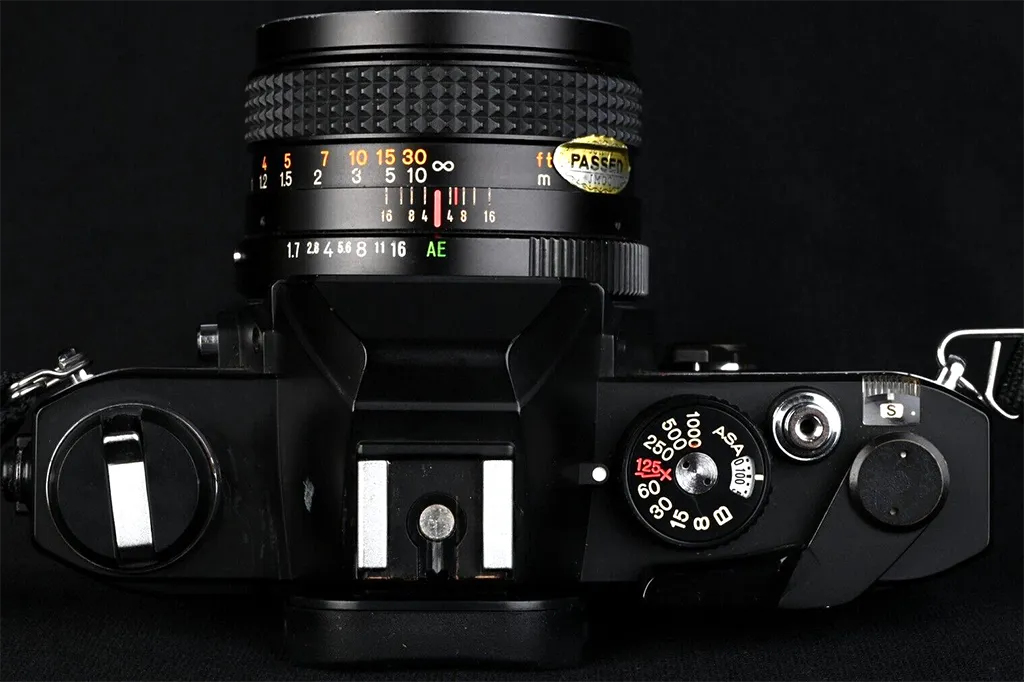
Konica’s achievements
In the 1950s, work began on a 35mm SLR camera. In 1960, just a year after the Nikon F, Konica’s first SLR came onto the market, the Konica F. The Konica F already had an innovation that would only be integrated into cameras from other manufacturers many years later: a metal blade focal plane shutter.
What a word. It was the forerunner of the Copal closure, which many other companies later resorted to.
With the Autoreflex, Konica was the second manufacturer from 1965 to bring a camera with automatic exposure control onto the market. Beaten by only a few months by the Beseler Topcon Auto 100.
The Konica Autoreflex TC, a typical camera of its time
Several iterations of the Autoreflex appeared, including the Autoreflex T, the first 35mm SLR with fully automatic exposure control when metered through the lens (TTL exposure metering).
The trend towards ever smaller and more compact cameras being released onto the market did not go unnoticed by Konica either. Canon had the AE1, Nikon the EM, all cameras designed for the amateur market: small, light, cheap.
The Konica Autoreflex TC in hand
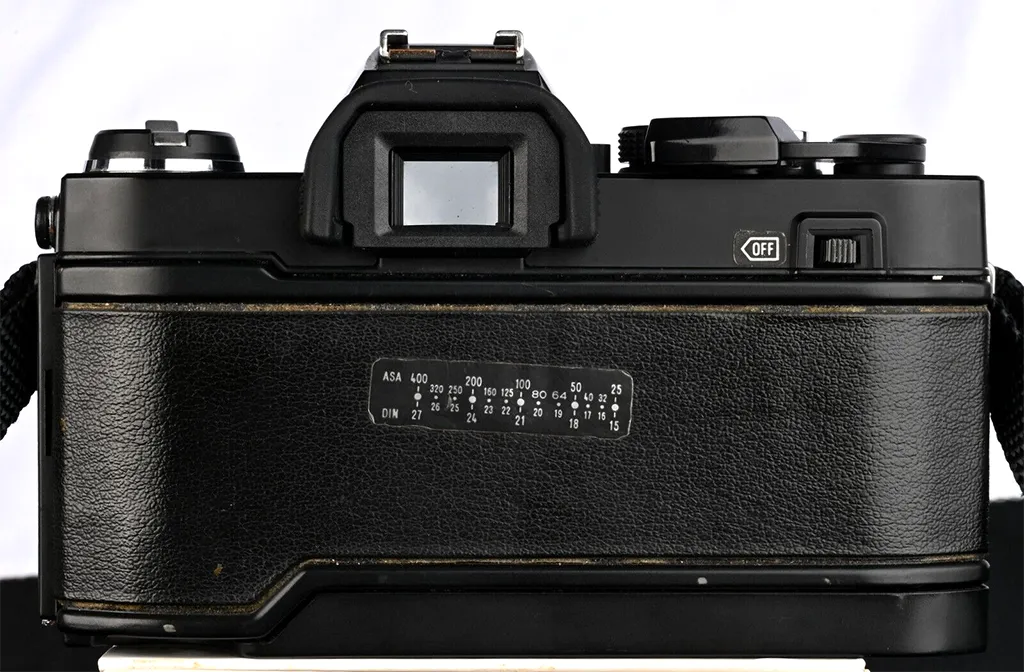
When you hold the Konica Autoreflex TC in your hand for the first time, you immediately notice the soft leather covering. It feels much more valuable than its competitor, the Nikon EM, which unfortunately only offers plastic with a leather structure.
The same applies to the leather covering of the Konica. It looks a bit ugly on the gaps when dust and dirt stick to the adhesive there. It also looks like the camera is wearing a dress size too small.
Since the leather covering was also carried out continuously on the back, there is no holder there to remind you which film is loaded, bearable.
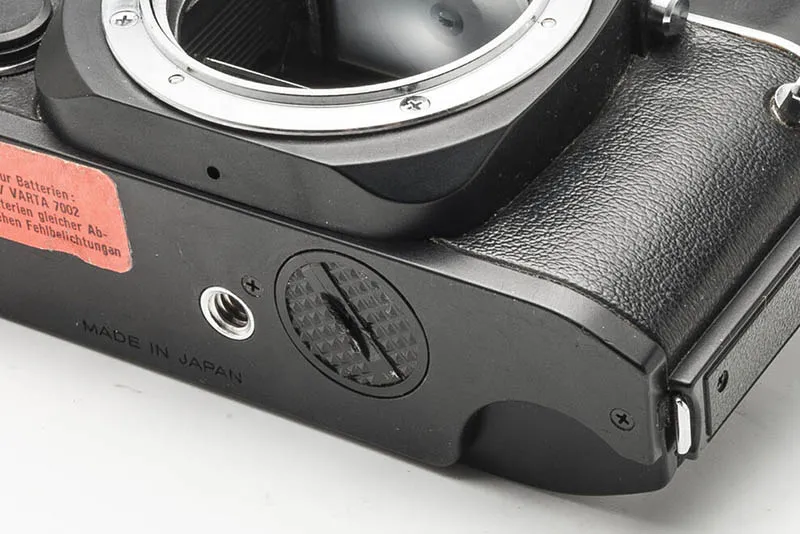
I personally like this leather or imitation leather much better. Unfortunately, such covers often suffer from the fact that they shrink after a long time, as with the early Minolta XD-7.
High quality
Otherwise, the Autoreflex TC feels very compact. It has a high-quality finish, even if plastic is used to save weight and costs.
A slightly rickety back wall, that’s it. While the first specimens still had a metal base, this was also exchanged for a plastic part over time.
The front of the camera also looks spartan. In addition to the release button for the lens, only a self-timer lever can be operated.
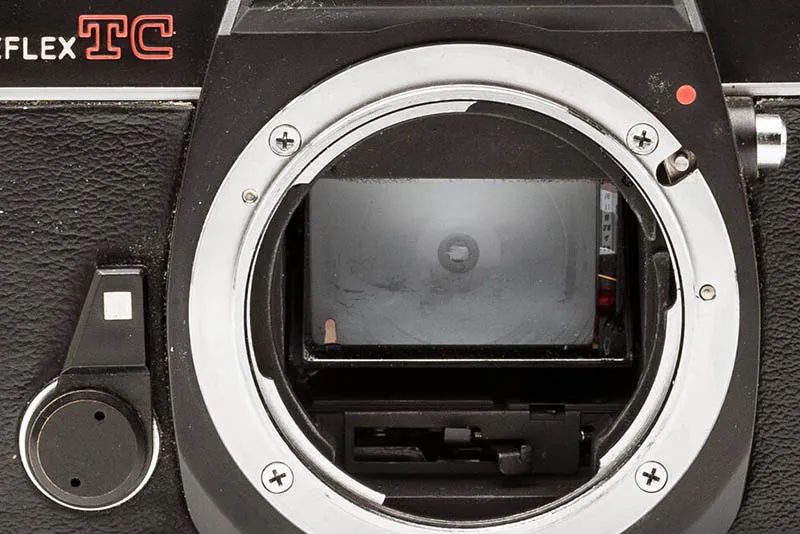
However, the lettering is well done. I like the white-orange-red lettering on the right shoulder.
Even the Konica lettering on the mirror box still looks good after all these years.
Classic controls
On the upper side, the small Autoreflex TC is very classic. On the left shoulder the rewind lever, which exceptionally does not serve as a door opener. This is on the side of the camera.
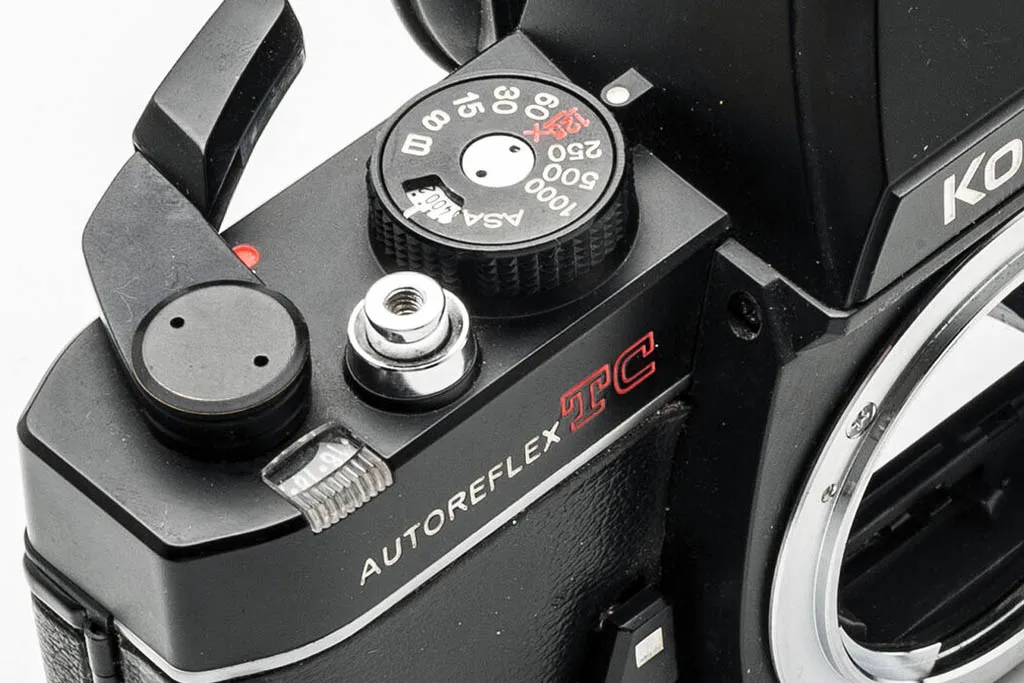
On the right shoulder are a combined shutter speed and ASA dial, the shutter release button, the film transport lever (made of metal!) and a frame number display.
I still like the position of the shutter button in the middle, between the lever and the mode dial. It’s just the classic arrangement par excellence.

The Autoreflex TC scores with haptics
The corresponding film speed is set by raising the shutter speed dial.
The flash sync speed of 1/125s is colored in the typical Konica orange-red. The times snap in nicely and the wheel is wonderful to use, even if it is made entirely of plastic.
The shutter button gives nice tactile feedback, especially when half-pressing the shutter release or AE lock is activated. You can clearly see the transition from AE lock to release and now you have to press a little harder to get the finished picture.

Konica Autoreflex TC offers well thought-out concepts
The Konica engineers solved the following problem very skillfully. Sometimes film transport levers cause bruises when the sling camera is dangling in front of your stomach.
Because with some cameras, the lever cannot be brought into the resting position so that it fits snugly, but protrudes slightly backwards. It is precisely this protruding film transport lever that causes bruises when the camera is dangling when its tip repeatedly buries itself in the photographer’s stomach.
Konica solves this problem with an off switch on the back under the transport lever. This kills two birds with one stone.
Pressing it turns off the exposure meter and folds in the film transport lever.
As a reminder to press the off switch, there is a small Konica orange and red dot on the top of the camera that is only visible when the lever is up. A nice solution that Konica found there.
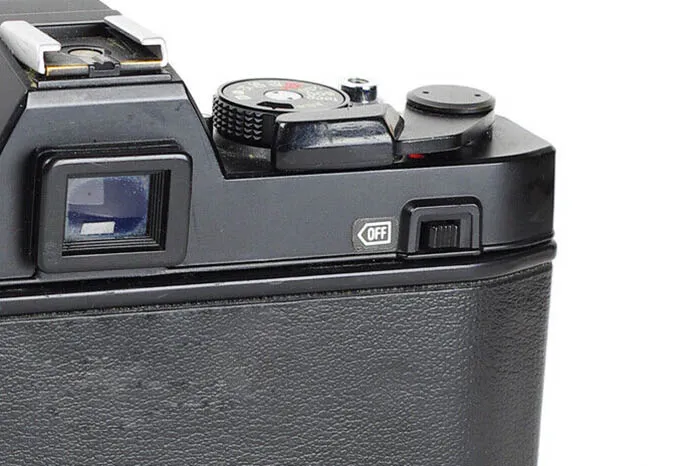
Problematic power supply
Another special feature compared to other cameras is the mechanism for opening the back cover. This is opened by pulling down a small slide on the left side, which unlocks the cover.
The socket for a flash synchronization cable is attached above this slide. Finally, the tripod thread, the rewind button and the battery compartment can be found on the underside.
Unfortunately, the camera runs on the no longer permitted 1.35V mercury batteries. The exposure meter also works with 1.5V batteries, but it displays incorrect values. There is a slight aperture deviation.
This can be remedied in three ways: First, Weincell batteries, which are somewhat expensive. Second, hearing aid batteries, but they don’t last as long. Or thirdly via an adapter, which costs a bit of investment, but can then be used with normal 1.5V batteries.
Such a purchase is often worthwhile after not too long.
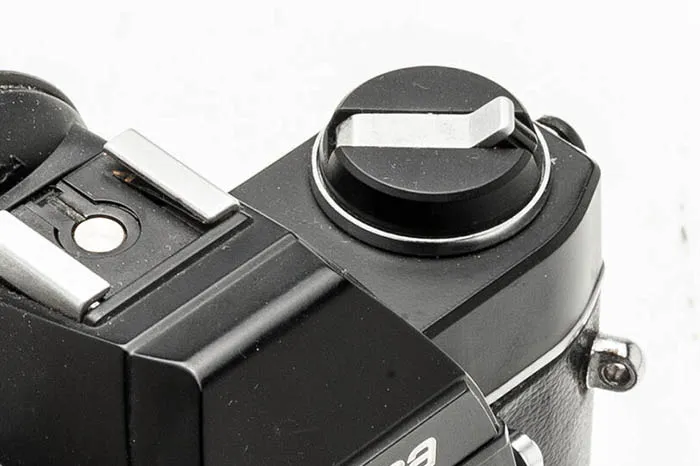
Easy operation with obstacles
A look through the viewfinder of the Autoreflex TC reveals the image on a standard ground glass screen. A split-image rangefinder with a microprism ring, as found in most cameras.
Konica Marketing advertises it as “Konica 3-way focusing system”, but it doesn’t stand out from other focusers.
In the upper left corner we find a red warning flag as soon as you leave the automatic mode. This is accomplished via the AE setting on the lens aperture ring.
The exposure display is located in black on the right side of the viewfinder: A needle with an aperture value scale.
In manual mode, the shutter speed is chosen first, then it is necessary to set the appropriate aperture, which is indicated by the needle.
Unfortunately, the scale is difficult to read with dark backgrounds, so the camera has to be pointed at a brighter area of the image for a short time in order to be able to read the aperture value scale.
Apart from that, the procedure is easy to understand, including the over- and underexposure warning.
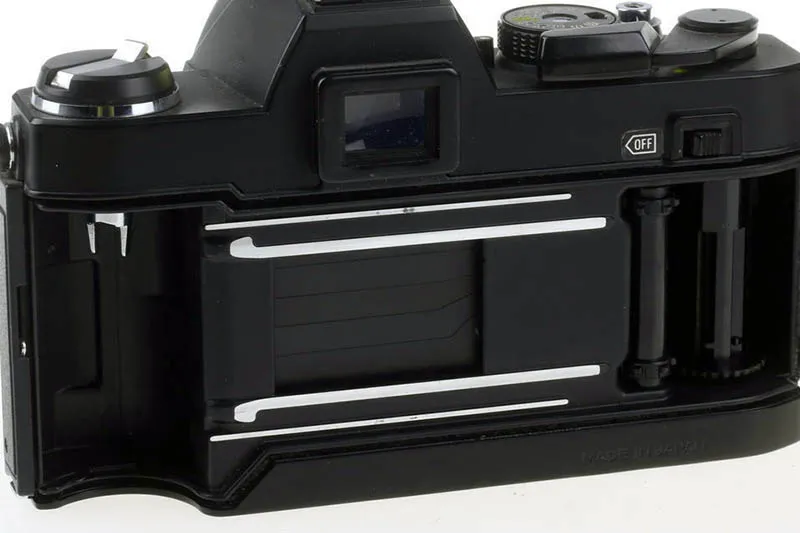
Autoreflex TC Photos
Some photos taken with the Konica Autoreflex TC.
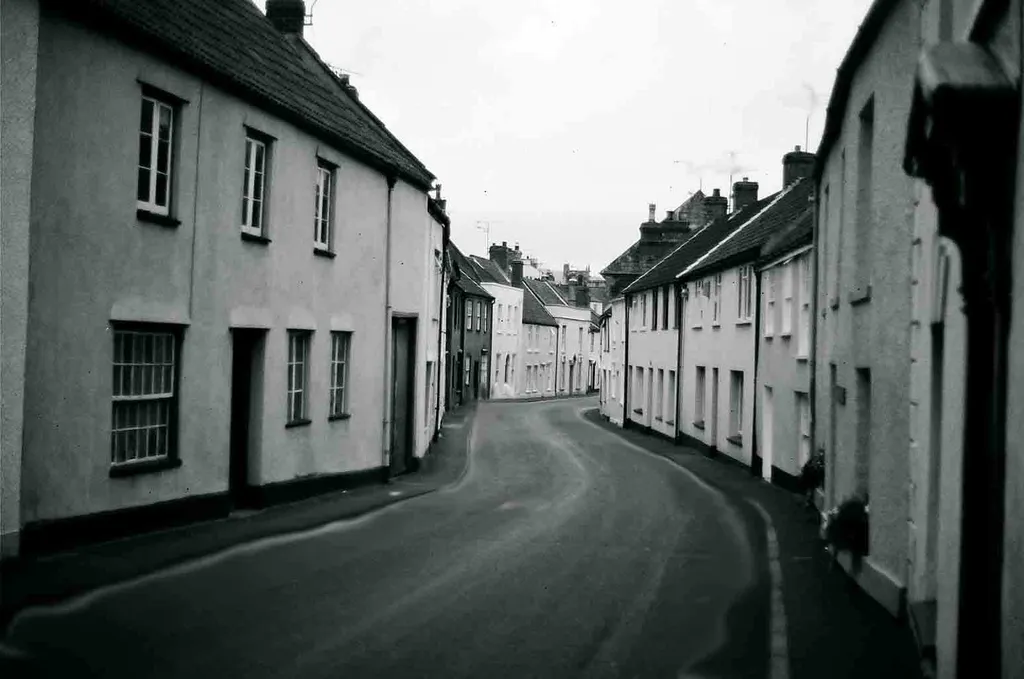
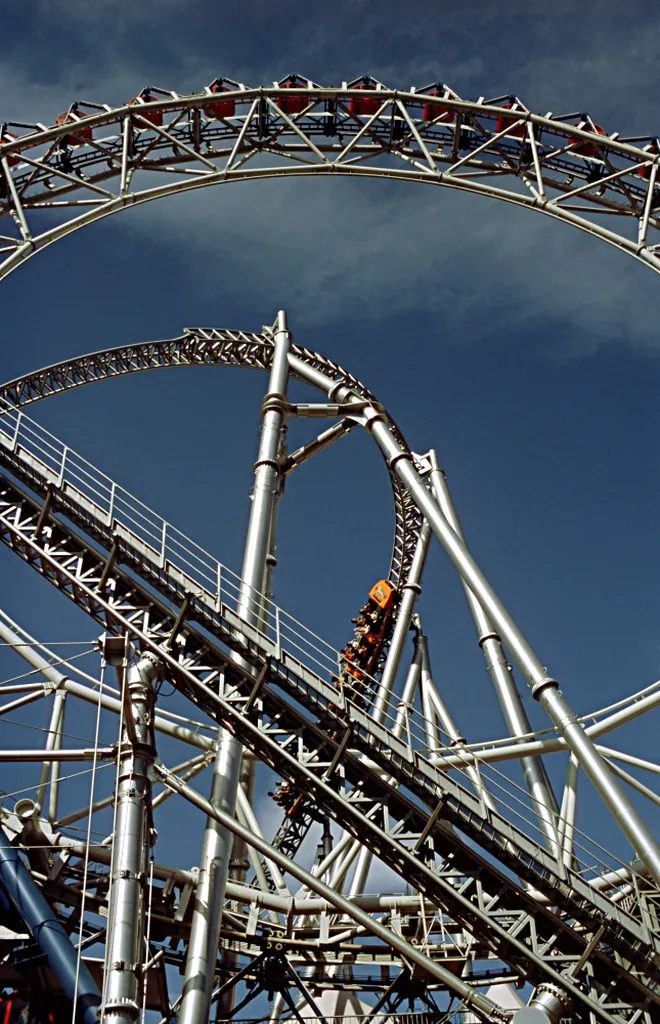

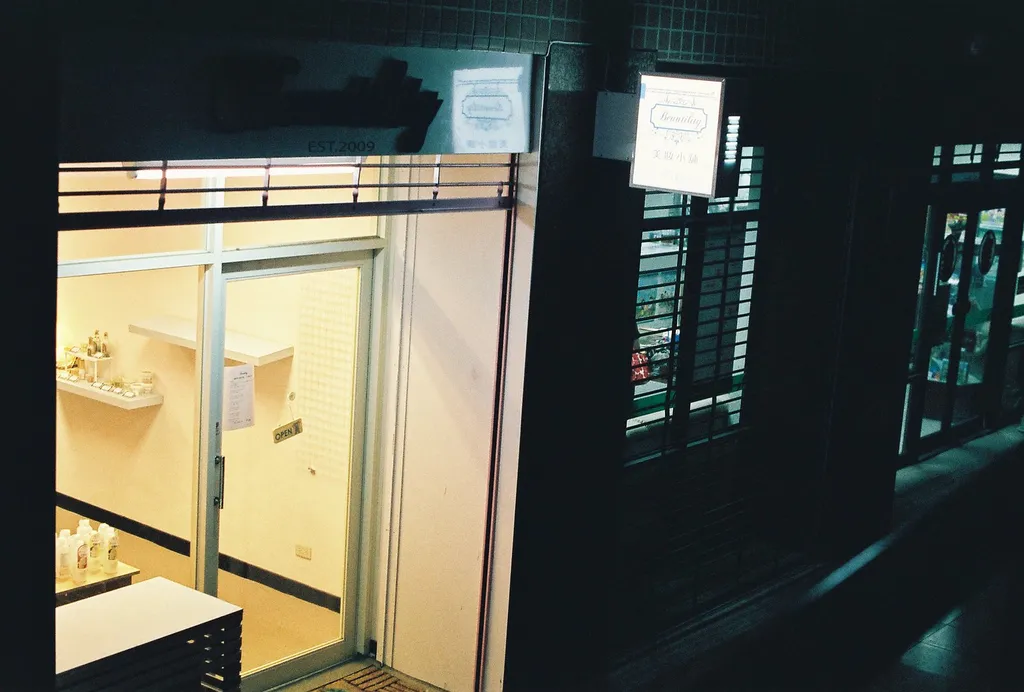
Conclusion on the Konica Autoreflex TC
Finally, the question arises for whom the Konica Autoreflex TC is a good choice.
The only drawbacks that I found for myself are the somewhat difficult to read light meter with dark backgrounds and the fact that the camera uses the old mercury batteries.
Both can be avoided in different ways. Sure, you have to be able to live with it or invest money for the appropriate power supply.
However, if that is not an obstacle, the buyer will receive what I think is a beautifully finished camera in which the most important elements are designed to be haptically appealing.
The soft leather covering and the metal film transport lever are particularly noteworthy.
The quality of the available lenses is at least on the level of the competition. If you fancy a Konica Autoreflex TC, you should just grab it.
There are often super cheap offers that include a wonderful Konica Hexanon AR lens. Anyway, I really enjoyed the time with the camera.
The Autoreflex TC including the great Hexanon AR 50mm 1.7 is often available for $50. The lens alone should actually be worth more than 50$.
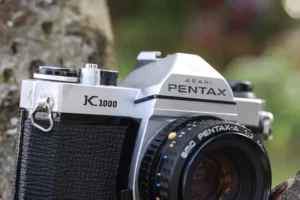

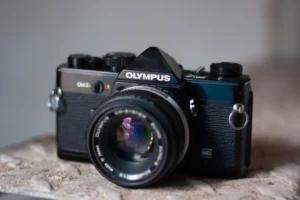

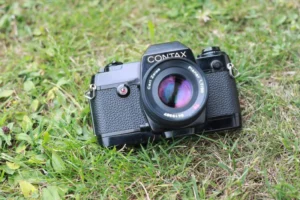
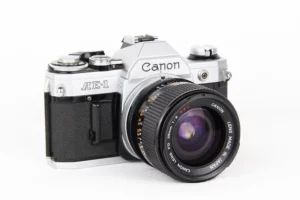
I just inherited a Autoreflex TC that belonged to my uncle. It came with the 50mm f/1.8 “pancake” lens and also a Hexanon 28mm f/3.5 wide angle. Neat and simple camera compared to other equipment of the same era, but capable of good results. For example, the slow speed settings are simplified and go from 1/8 to B, but how often do people use slow speeds, really? For the batteries, the alkaline replacements make the light meter act optimistically, and we can set the ISO control 1/3 or 1/2 stop slower to compensate, for example for ISO 100 film we can set to 80 or 64 and things seem fine when we compare the readings with a hand-held light meter. I would not have purchased a Konica camera as a classic, but I got it for free with a bag and Vivitar 2800 flash.